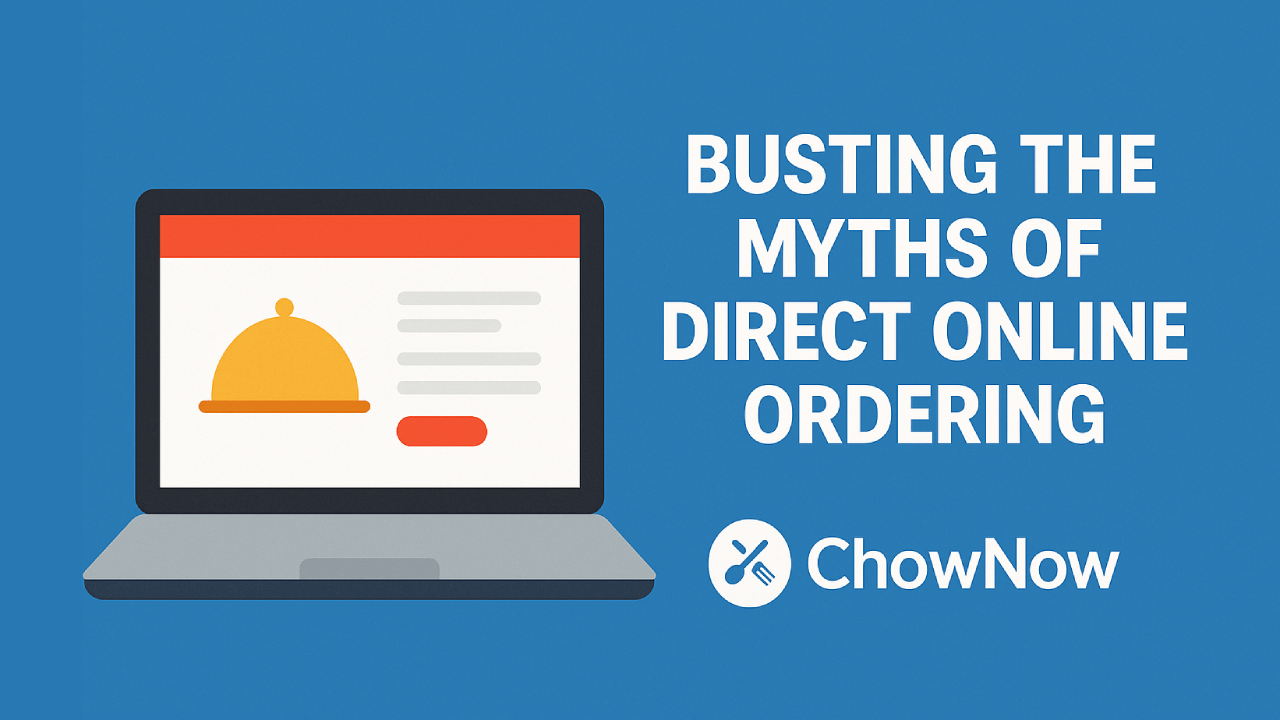In this complete guide, we are going to dive deep in to all the thing that you need to know about Feedback management. What is this, what are the main factor that you need to have in mind and also what are the Top tools in 2024, to manage your feedback.
What is Feedback Management?
Feedback management is the systematic process of collecting, analyzing, and utilizing feedback from customers, employees, and other stakeholders to improve products, services, and overall business performance. In today’s competitive market, understanding the voice of the customer (VoC) and the voice of the employee (VoE) has become essential for businesses aiming to enhance their offerings and maintain a loyal customer base.
Adding to this, we strongly recommend you, if you want to also improve your Online reputation, your reviews and visibility, to try these tools.
Why is Feedback Management Important? 4 Main Points
- Customer Satisfaction and Retention: By actively seeking and responding to customer feedback, businesses can identify and address issues promptly, leading to improved customer satisfaction and retention rates.
- Product and Service Improvement: Feedback provides valuable insights into what is working well and what needs improvement, helping businesses to refine their products and services.
- Employee Engagement: Gathering and acting on employee feedback can improve morale and productivity, as employees feel their opinions are valued.
- Competitive Advantage: Companies that effectively manage feedback can differentiate themselves by offering superior customer experiences.
Key Factors in Effective Feedback Management
Collection Methods
The methods used to collect feedback can vary widely, including surveys, interviews, focus groups, and social media monitoring. It is important to choose the right mix of methods to capture a comprehensive view of stakeholder opinions.
- Surveys: Online surveys are quick and easy to distribute. Tools like SurveyMonkey or Google Forms can be utilized.
- Interviews: One-on-one interviews provide in-depth insights but can be time-consuming.
- Focus Groups: Group discussions offer diverse perspectives but require skilled moderation.
- Social Media Monitoring: Tools like Hootsuite or Brandwatch help track customer sentiment across social platforms.
Timing and Frequency
The timing and frequency of feedback collection can impact the quality and usefulness of the data. Regular and timely feedback collection helps businesses stay responsive to changing needs.
- Regular Intervals: Schedule surveys quarterly or bi-annually to keep track of evolving opinions.
- Post-Interaction: Collect feedback immediately after a purchase or customer service interaction to capture fresh experiences.
- Event-Driven: Gather feedback after product launches or major events to gauge immediate reactions.
Data Analysis
Analyzing feedback data requires sophisticated tools and techniques to identify trends, patterns, and actionable insights. This can involve qualitative and quantitative analysis methods.
- Qualitative Analysis: Use coding techniques to categorize open-ended responses.
- Quantitative Analysis: Leverage statistical tools to analyze numerical data for patterns and correlations.
- Sentiment Analysis: Employ natural language processing (NLP) tools to gauge the sentiment behind feedback.
Actionable Insights
Turning feedback into actionable insights is crucial. This involves prioritizing issues, developing action plans, and implementing changes.
- Prioritization: Focus on high-impact issues affecting a large customer base segment.
- Action Plans: Develop clear, step-by-step plans to address identified issues.
- Implementation: Allocate resources and set timelines for executing action plans.
Closing the Loop
Communicating to stakeholders about how their feedback has been used is important for building trust and encouraging future feedback.
- Acknowledgement: Thank respondents for their feedback and inform them of next steps.
- Updates: Provide regular updates on the status of improvements.
- Results: Share outcomes and positive changes resulting from the feedback.
Top Feedback Management Tools
Now, we are going to see some of the best feedback management tools for your business. Software that can help you understand your customers more, improve your feedback, and get better reviews.
SurveyMonkey
- Overview: SurveyMonkey is a widely-used tool for creating and distributing surveys to collect feedback from various audiences.
- Key Features: Easy survey creation, customizable templates, real-time results, and advanced analytics.
- Benefits: User-friendly interface and extensive customization options make it suitable for businesses of all sizes.
- Use Case: Effective for gathering large volumes of customer feedback quickly and easily.
RAY
- Overview: RAY is one of the best Tools if you really want to get better reviews and better feedback from your customers. A tool that can make you improve your work dynamic and Online visibility.
- Key Features: Customer feedback tools, Review management.
- Benefits: User-friendly interface and extensive customization options make it suitable for businesses of all sizes.
- Use Case: Effective for gathering large volumes of customer feedback quickly and easily.
Qualtrics
- Overview: Qualtrics is an enterprise-level feedback management platform offering advanced survey and analytics tools.
- Key Features: Sophisticated survey logic, comprehensive reporting, machine learning insights, and integration capabilities.
- Benefits: Powerful analytics and integration with other business systems make it a preferred choice for large organizations.
- Use Case: Best for businesses needing deep insights from complex feedback data.
Zendesk
- Overview: Zendesk offers a feedback management system that integrates seamlessly with its customer support platform.
- Key Features: Multi-channel feedback collection, automated ticketing, detailed analytics, and customer interaction history.
- Benefits: Integration with customer support processes ensures a cohesive approach to managing customer feedback.
- Use Case: Ideal for companies looking to improve customer service through integrated feedback and support solutions.
Feedback Management: A conclusion
In today’s fast-paced business environment, effective feedback management isn’t just a nice-to-have; it’s a necessity. By actively engaging with customer and employee feedback, you can uncover invaluable insights that drive real improvement and growth. Remember, tools like Ray, SurveyMonkey, Qualtrics, and Zendesk are there to make this process easier for you.
So, we recommend you to take the plunge, start listening more intently to your stakeholders, and watch your business thrive. And hey, it’s not just about gathering data—it’s about creating a dialogue and showing your customers and team that their voices matter. Let’s get started on taking that feedback, improving it, and turning in into your next big success!







